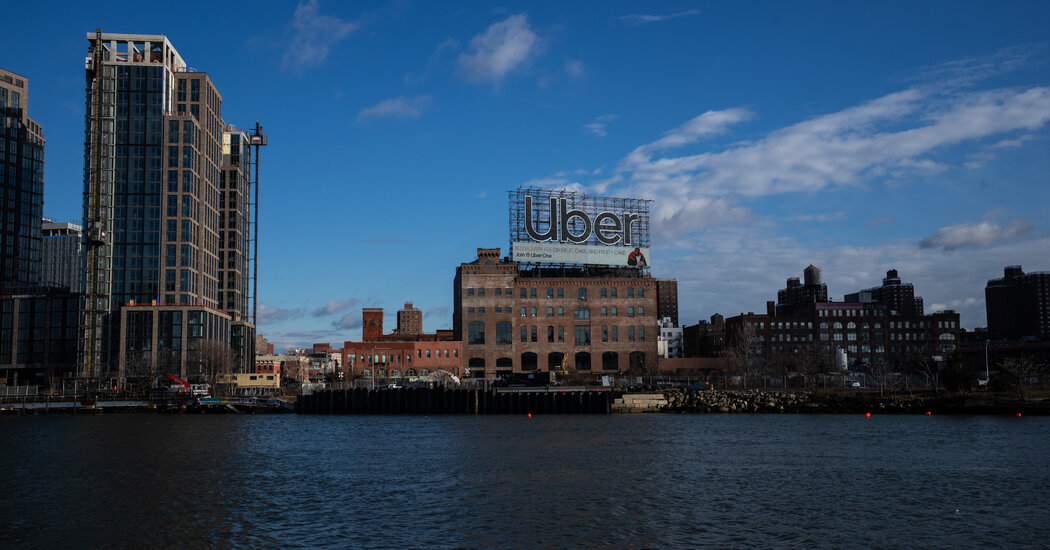
 Technology
Technology 
Uber’s revenue increased 14 percent in its most recent quarter, the company reported on Tuesday, but the growth was its slowest since the coronavirus pandemic began easing last year.
The San Francisco-based company posted revenue of $9.2 billion, up from $8.1 billion in the second quarter last year. The 14 percent growth was slower than the 105 percent increase a year earlier and down from 29 percent in the previous quarter. Wall Street analysts had estimated revenue of $9.3 billion.
Uber’s gross bookings — the amount paid by customers — totaled $33.6 billion, up 16 percent from year earlier. Net profit was $394 million, compared with a $2.6 billion loss a year earlier and driven by gains from investments in other companies.
“We are focused on driving significant demand in the years ahead — both by attracting new riders to Uber and by getting existing riders to use Uber more,” Dara Khosrowshahi, the chief executive, said in a statement.
The company also said Nelson Chai, its chief financial officer, will leave on Jan. 5. It did not provide a reason. Uber said it was searching for a replacement.
Demand for ride hailing and food delivery, Uber’s main offerings, has rebounded as corporate and leisure travel has recovered after the pandemic. Early in the pandemic, Uber rides plunged, and the company cut about 7,000 employees in 2020 while people were stuck at home. By early this year, after vaccines became broadly available and people started to move about more, the company was reporting record quarterly revenue.
Uber’s biggest growth in the quarter was in ride-hailing, with revenue rising 38 percent. Its active customers grew 12 percent to 137 million, while the number of trips taken in the past three months rose 22 percent to 2.3 billion.
Gross bookings for food delivery also increased 12 percent from a year earlier.
But Uber was dragged down by its freight service, with revenue declining 30 percent as the rate and volume of shipments dropped after the pandemic.
Uber also grappled with higher costs, as it spent on incentives to lure drivers back. Total costs and expenses were $18 billion, up 12 percent from a year earlier.
Mr. Khosrowshahi said some of the spending had paid off. “We continued to attract more drivers to Uber than ever before,” with active drivers up 33 percent over the past year, he said.
In June, the company laid off 200 employees from its recruiting team — less than 1 percent of its workers — to streamline costs.
Uber’s main U.S. rival, Lyft, is set to report quarterly earnings next Tuesday. Lyft has struggled financially as it competes with Uber, which is far bigger. This year, Lyft appointed a new chief executive and laid off 1,200 workers, or 30 percent of its work force.
24World Media does not take any responsibility of the information you see on this page. The content this page contains is from independent third-party content provider. If you have any concerns regarding the content, please free to write us here: contact@24worldmedia.com